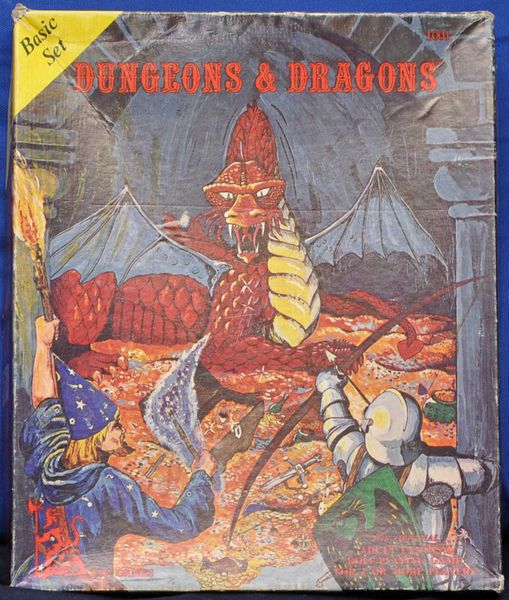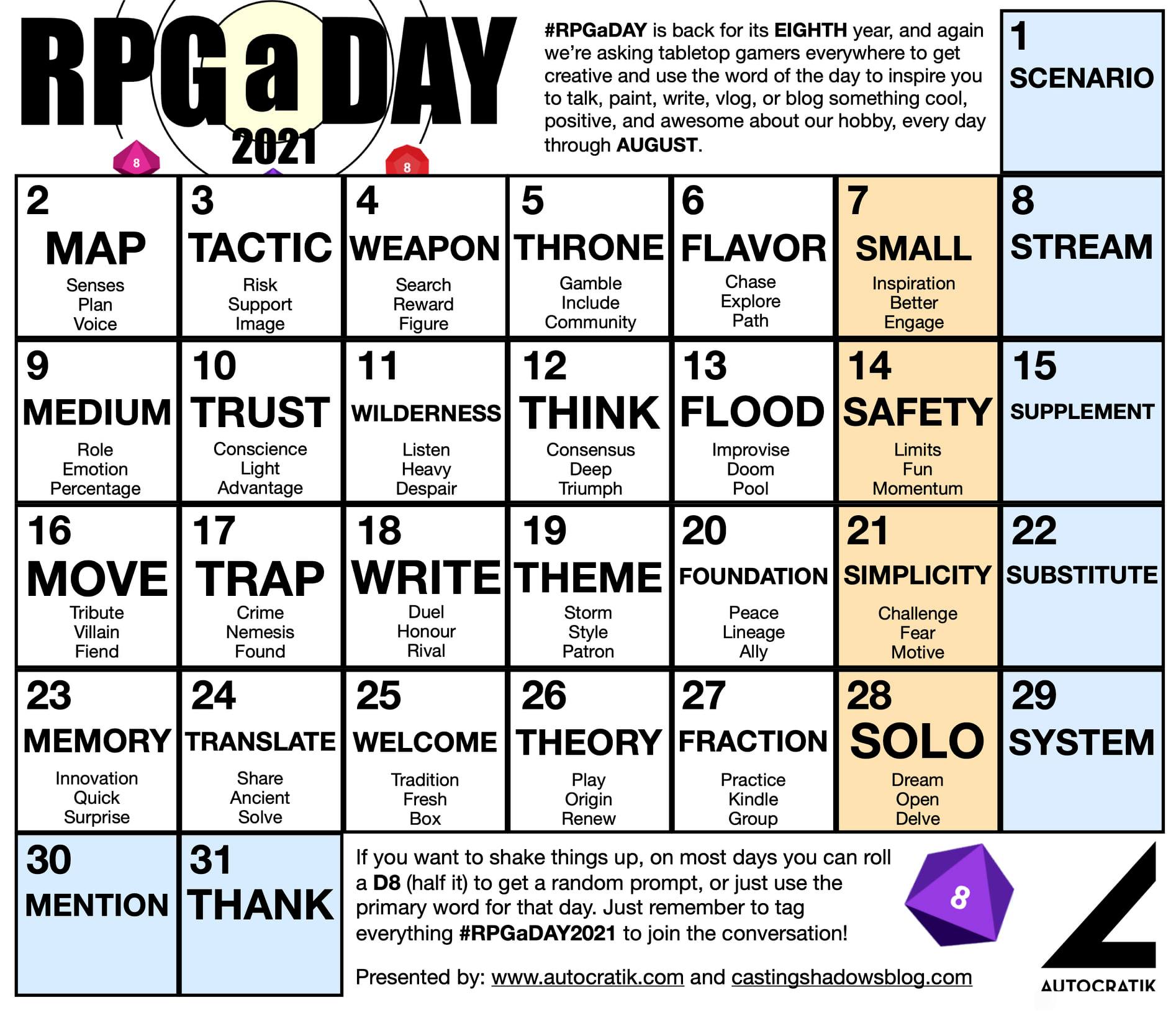/pic90046.jpg)
The first time I encountered the word scenario, I was not yet a roleplayer. I was barely a hex and chit wargamer. The scenarios in question were the seven scenarios for the original version of Avalon Hill’s Starship Troopers. I remember there were seven because they formed a programmed instruction method of learning the full game, each introducing new rules. Once you’d done all seven modifications were presented to go back and add all those additional rules, such as special weapons carried by Mobile Infantry, back to the earlier scenarios.
This was back in the seventies. I couldn’t just look the word up on Google. At the time, I thought it was a word specific to wargaming, but my father looked it up at some point, and I learned the dictionary definition. I gave me the first definition you find at merriam-webster.com today, which focuses on theater. I prefer the third, “a sequence of events, especially when imagined,” although I think that is a miss for roleplaying games.
For roleplaying games, I would call it ” a collection of related situations” this fits the note on that definition, “especially: an account or synopsis of a possible course of action or events” (emphasis mine). When Dungeon Masters prepare their scenarios, they generally have a possible course of action for the party but must be ready and willing to accept different courses. A lot of time and energy has been spent writing and talking about this need to not prep a specific course of action. Two of my favorites were written by Justin Alexander and Professor DungeonMaster.

When I got my copy of Holmes Dungeons & Dragons, it really only presented one scenario, the dungeon crawl, and then as a full bore, everything in the rulebook scenario. Actually, it barely presented that by including a sample dungeon. There was no list of progressive scenarios to play with, each adding a few new attributes and notes on adding them back in.
Of course, the completely laid out scenarios of Starship Troopers, Star Force, or Squad Leader (to list three games that took up as much as my time as D&D in the late 70s) do not fit in the roleplaying game world. However, one could break RPG scenarios down into simpler subsets and create programmed instruction introductions to the rules. Frank Menzer did something similar with his version of the Basic Set, but not in the other boxes. All of them could have benefited from it.
I know back in the fifth grade, I could have learned to Dungeon Master much better with programmed instruction.
What would programmed instruction look like for a roleplaying game? It would be divided into two parts: player-facing and DM-facing. Each part would cover the same rules each time. The player part would teach the rules while the DM would discuss adjudicating them. The DM part would also cover building an adventure around those rules with one example and material on adding each to the prior example.


Be First to Comment